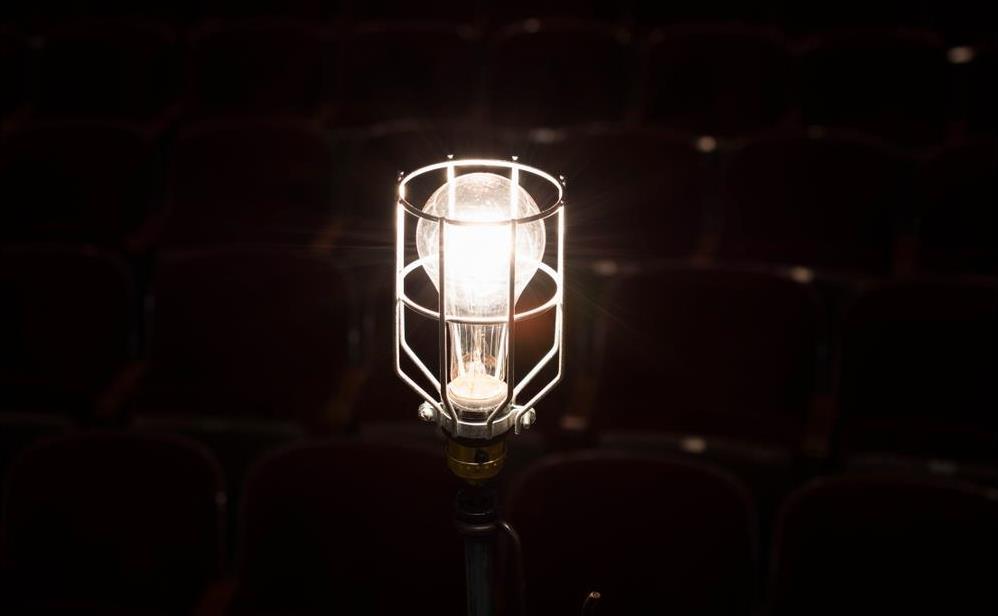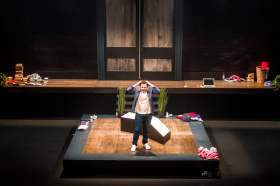The State Government’s new $16.8 million arts survival package correctly notes Victoria’s creative industries are a jobs powerhouse, contributing $31 billion to the economy annually and employing 260,000 people – 8% of the state’s workforce.
However, as welcome as it is, a significant proportion of the ‘powerhouse’ and its workers has been overlooked in the package.
Like the novice snooker player who only plays ‘half a game’, the package sets to pocket a red ball, only to snooker itself by failing to position itself for the shot that needs to come next.
Funding small to medium producers and artists to sustain their ability to create their work scores a point. But failing to sustain the venues they depend on to perform or exhibit their work for audiences will potentially leave artists, theatre companies and musicians all dressed up with nowhere to play.
Apart from confirming some existing funding, the Victorian Government has completely overlooked Victorian Local Governments in this survival package. Yet Local Councils own and operate 39 of the 57 art galleries throughout the State (18 regional), 47 of the 51 performing art centres (28 regional), and a number of other creative spaces including Town Halls, community centres, rehearsal rooms, artist studios, and multi-purpose hubs.
Council-run arts facilities directly employ 3000+ council officers to work across arts and culture, attract 50,000,000+ visitors per year to cultural facilities, and present the work of well over 40,000 artists each year.
This package offers no new funding support to help any of the regional, suburban and metropolitan facilities and galleries keep operating through this crisis, or to keep them ready to present the work of the creative organisations and individuals who have been funded to survive.
Without these venues, most Victorians would never see the work of the artists who receive the funding.
Without these venues, most Victorians would never see the work of the artists who receive the funding.
Many venues have already cancelled or postponed dozens of performances, refunded tens of thousands of dollars in pre-sales of tickets, lost venue hire revenue and foregone sponsorships.
Casual technical staff and skilled front of house teams were first to feel the pinch, with shifts drying up immediately the close downs began. Local Government Victoria estimates that 10,000 casual workers may soon be unemployed and many of these work in the Recreation and Creative Sectors.
Many full-time arts and culture officers are still working in their substantive positions from home, despite the restrictions, but increasingly Councils have had to justify positions, reduce hours, and redeploy staff. In many places around the state, the barest of resources remain allocated to keep building systems simply ticking over.
As in any industry, once the ‘plant’ shuts down, it takes a long time to get it back and running again. Government funding could have done so much to help reduce the risk to this critically important part of the ecology in this ‘state of the arts’.
The small to medium sector of performing arts producers and artists have always depended on a thriving network of venues across the state to enable them to reach wider audiences and to sustain their work. Now more than ever, that network of performing arts venues needs help as well.
The response from government is disappointing and shows little understanding of the situation faced by facilities and venues across Victoria. Saying the funding they were provided prior to the current situation remains ‘committed’ does not really help them respond to the situation they find themselves in now.
The response from government is disappointing and shows little understanding of the situation faced by facilities and venues across Victoria.
When Victoria traverses the road out of isolation, activation of intra-state tourism and visitation will be one of the big drivers of community recovery and economic regrowth. The recent bushfires in Gippsland proved that, and the arts centres, festivals and galleries were vital contributors in that ecology of services leading fund raising efforts and providing visitor attractions. The associated industries such as hospitality also depend on reviving this rich ecology.
The risk with venues being ‘hibernated’ is that they will be unable to play their role when things are ready to ramp back up. It will not be simply a matter of ‘turning the lights back on’. Centres already face a severe shortage of skilled theatre techs and specialist staff ready for when they reopen, as casual employees (left without any access to JobKeeper payments) were left with no option but to move into other areas when their income dried up completely.
Venues and public galleries need support right now to ensure they are not only ready to serve, but able to serve at an even higher level that before. They need to be ready with major attractions, supporting vibrant communities and ready-to-go, dynamic projects leading the recovery.
Without an injection of support right now, the risk is their skilled staff will be lost, future programs and program funding will be cut, and most of all, their potential to play a leading role in community engagement and recovery programs will be stifled.
The arts survival package offered by the State Government is a good start. It recognises the value of the creative industries and sets out to bolster them against the impacts of COVID-19. But it needs to go further, to ensure the bigger picture is taken into consideration and all key players are supported to be ready and fully equipped to play their important role in an arts-led recovery in Victoria.





